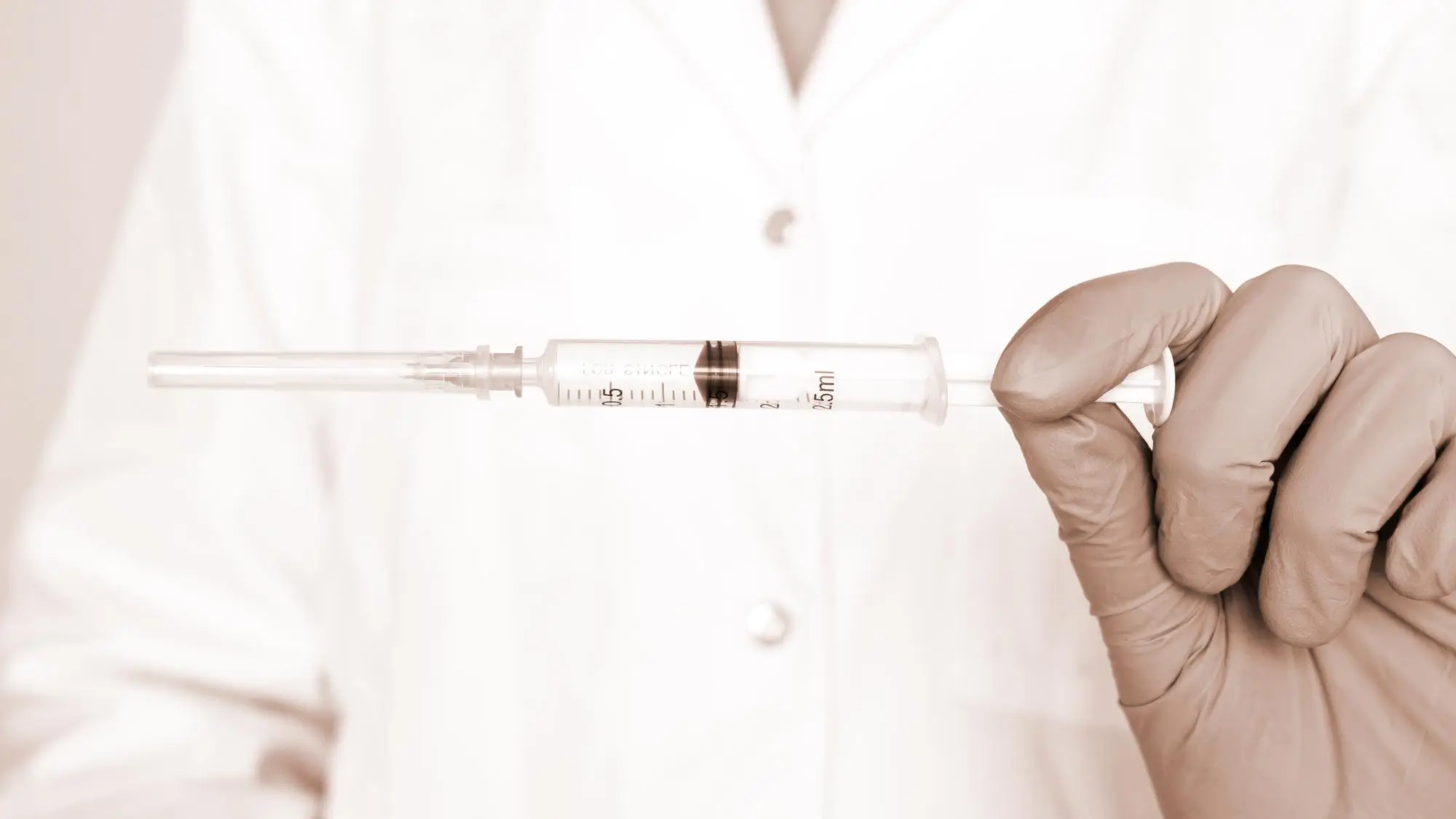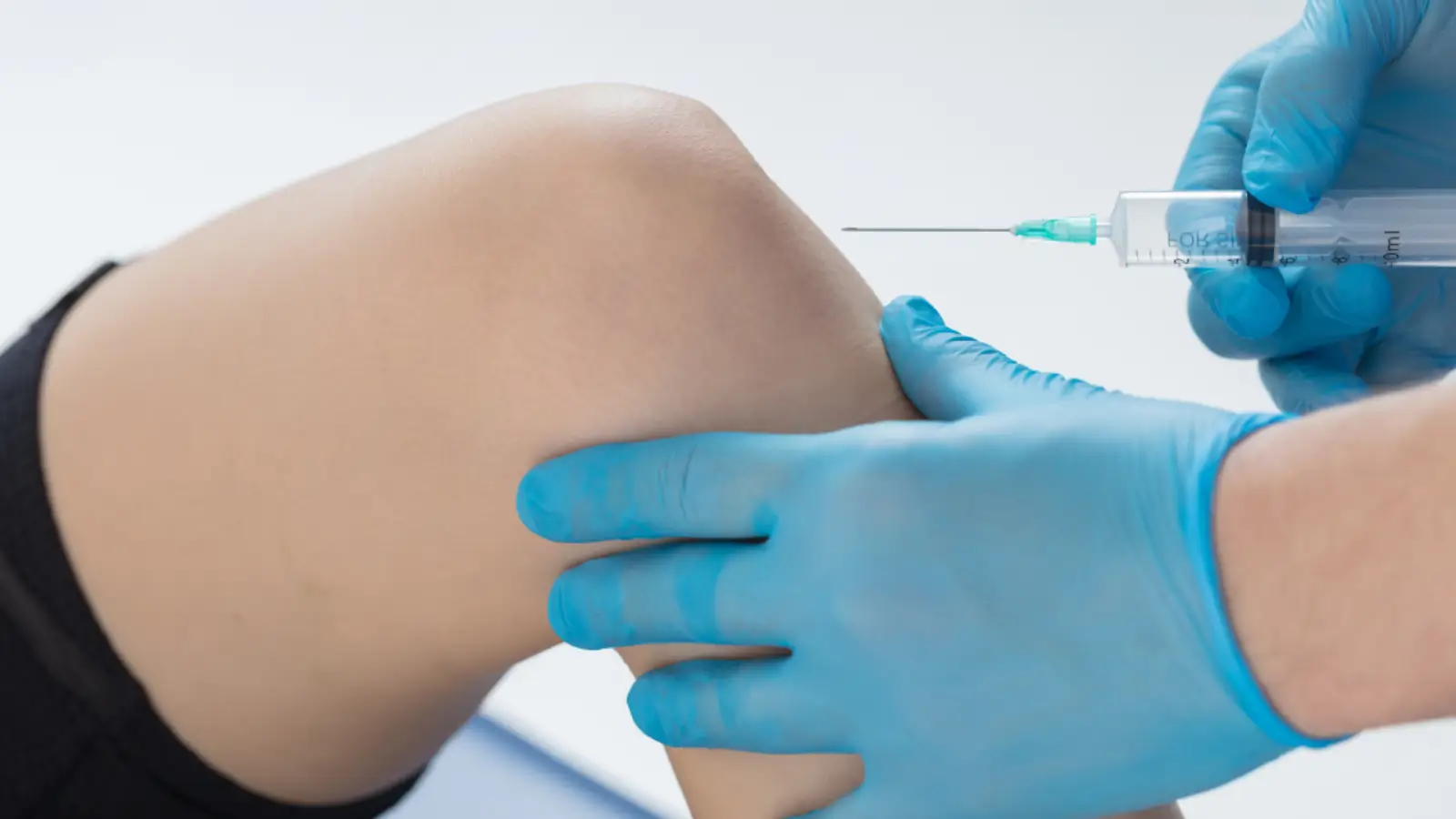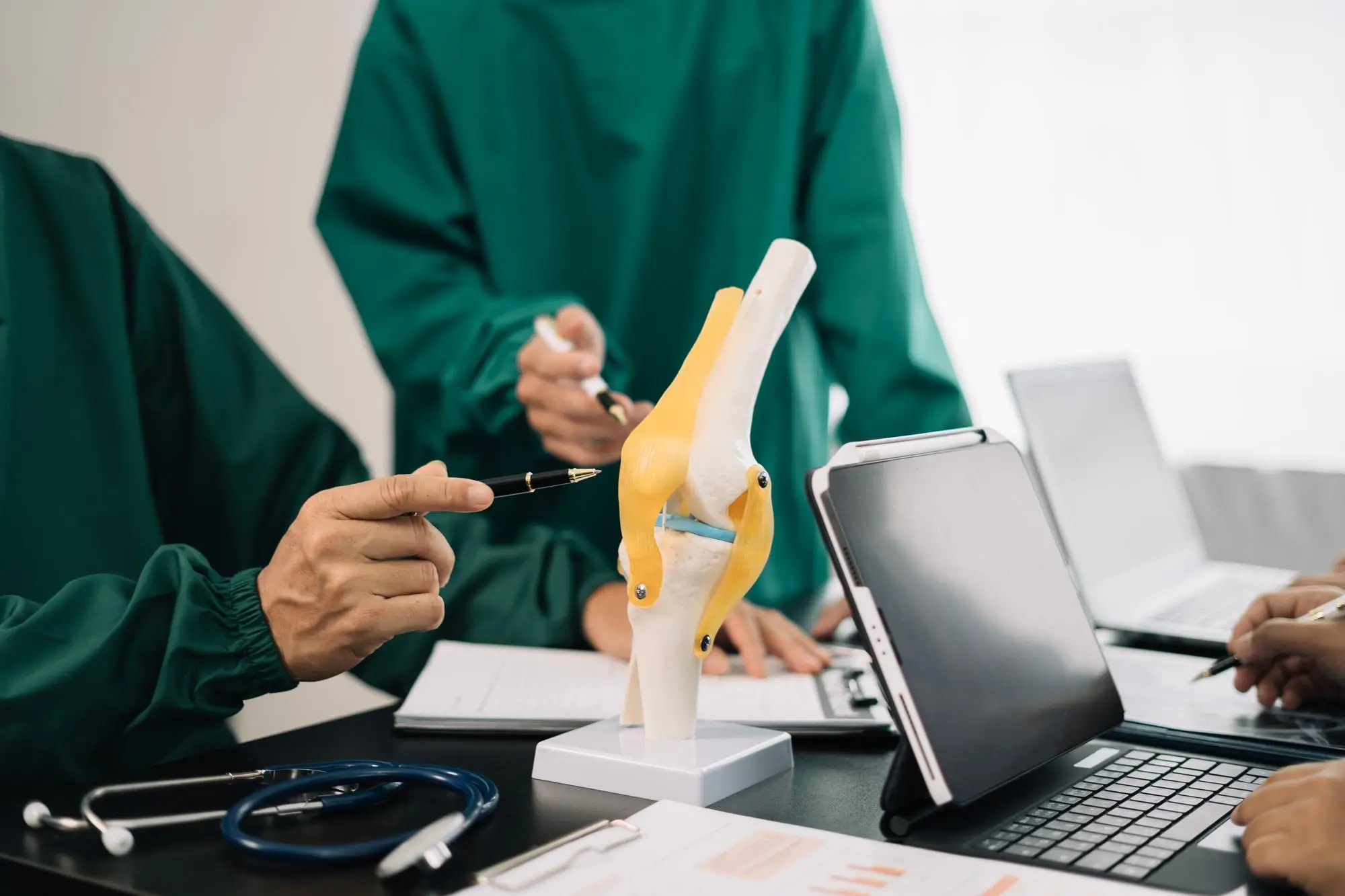
Osteoarthritis is a common condition affecting millions worldwide. According to a study published in The Lancet Rheumatology, osteoarthritis currently impacts 15% of individuals aged 30 and older. This number is expected to rise significantly by 2050. The disease leads to joint pain, stiffness, and reduced mobility, considerably affecting the quality of life.
Crespine Gel is a specialized injectable treatment designed to alleviate joint pain and improve mobility. Formulated with cross-linked hyaluronic acid, it cushions and lubricates damaged joints, helping reduce discomfort and enhance overall joint function. Its minimally invasive nature makes it a popular option for patients seeking non-surgical relief from osteoarthritis symptoms.
In this article, we will explore the various uses of Crespine Gel injections, how they work, and their benefits for joint health and mobility.
Key Takeaways
- Crespine Gel is a cross-linked hyaluronic acid injection used to alleviate joint pain, particularly in osteoarthritis patients, by improving lubrication and reducing inflammation.
- It effectively treats osteoarthritis, joint degeneration, and mobility issues by providing cushioning through viscosupplementation.
- Injections are administered intra-articularly by qualified professionals, targeting joints like the knee, hip, and shoulder.
- Pain relief and improved joint function occur within days to weeks, with effects lasting several months to a year, depending on individual response.
About: Doctor Medica is your trusted supplier of top-quality dermal fillers, viscosupplements, and more for your medical practice. We offer genuine products from leading brands at the lowest prices. Contact Doctor Medica today to order Crespine online.
What is Crespine Gel?

Crespine Gel is an injectable treatment for alleviating joint pain and improving mobility in individuals suffering from osteoarthritis and other joint conditions. It is composed of cross-linked hyaluronic acid, a naturally occurring substance in the body that plays a crucial role in maintaining joint lubrication and cushioning.
Once injected into the affected joint, Crespine Gel replenishes the synovial fluid, which acts as a lubricant and shock absorber for the cartilage. This reduces friction between joint surfaces, minimizes pain, and improves overall joint function. By restoring hydration and elasticity to the joint, it helps enhance mobility and comfort, providing long-term relief for osteoarthritis-related symptoms.
Therapeutic Applications of Crespine Gel Injection

Crespine Gel offers a new way to manage joint problems, focusing on easing pain and restoring movement. It steps in where other treatments might fall short, bringing relief and improved function to those struggling with joint issues.
- Osteoarthritis: Treating osteoarthritis requires practical solutions, especially in the knee and hip joints. Crespine Gel offers one such solution. Doctors use it to help patients with gonarthrosis and other forms of osteoarthritis.
- Joint Degeneration: This treatment has a significant role in addressing joint degeneration. Crespine Gel helps improve joint function using viscosupplementation.
- Viscosupplementation: As a viscosupplementation therapy, Crespine Gel adds fluid to the joints, improving their function and reducing pain.
Crespine Gel Injection for Joint Pain Relief

Crespine Gel injections are an effective solution for managing joint pain and improving overall joint function. The treatment works by directly addressing the root causes of discomfort, such as reduced lubrication and cartilage wear, which are common in osteoarthritis and joint degeneration.
The Crespine Gel ingredients, primarily cross-linked hyaluronic acid, act as a lubricant and shock absorber when injected into the affected joint. This helps replenish the depletedsynovial fluid, reducing friction between joint surfaces and minimizing pain during movement.
Crespine Gel reduces inflammation and promotes a more supportive joint environment, enabling individuals to perform daily activities with greater comfort and ease.
Clinical Guidelines and Injection Techniques
Crespine Gel should be administered by a qualified healthcare professional following strict aseptic techniques. The injection typically enters meaning directly into the joint space. Prior to injection, healthcare professionals must remove any joint effusion. The gel is injected using a sterile needle, and it is crucial to avoid using the same syringe to remove joint effusion and inject the gel.
Injection Techniques for Different Joints
- Knee: The most common joint for Crespine Gel injection, the knee joint requires careful positioning to ensure accurate gel placement. The patient usually sits down with the knee slightly bent.
- Hip: Hip injections require the patient to lie on their side with the affected hip facing upwards. The administering professional must first idefinty proper anatomical landmarks to avoid injury to surrounding structures.
- Shoulder: For shoulder injections, the patient usually sits or lies down with the arm relaxed. The healthcare professional identities anatomical landmarks to ensure the gel is delivered into the joint space.
After the injection, patients should avoid strenuous activities and prolonged weight-bearing activities for at least 48 hours. Mild discomfort, swelling, and redness at the injection site are common and usually resolve within a few days
Patients can expect a reduction in joint pain and improved joint function within a few days to weeks after the injection. The effects of Crespine Gel can last for several months, with some patients reporting improvement for up to a year. It is important to note that individual responses may vary.
Conclusion
Crespine Gel injections offer a safe and effective solution for managing joint pain and restoring mobility, particularly for individuals suffering from osteoarthritis or joint degeneration. This treatment helps reduce discomfort, inflammation, and stiffness by replenishing synovial fluid and improving joint lubrication.
Its minimally invasive nature and long-lasting results make it an excellent non-surgical option for those seeking enhanced quality of life and improved joint function.
FAQs
1. How does Crespine Gel work?
It contains cross-linked hyaluronic acid, which acts as a lubricant and shock absorber in the joint. It replenishes synovial fluid, reducing friction and discomfort while promoting smoother movement.
2. Who is an ideal candidate for Crespine Gel?
Individuals with osteoarthritis, joint stiffness, or moderate joint degeneration seeking a non-surgical solution to alleviate pain and improve mobility are ideal candidates for Crespine Gel.
3. What should I expect after a Crespine Gel injection?
Mild swelling, redness, or discomfort at the injection site is common but temporary. Patients should avoid strenuous activities for 48 hours post-treatment to allow the joint to recover effectively.
References
Steinmetz JD, Culbreth GT, Haile LM, et al. Global, regional, and national burden of osteoarthritis, 1990–2020 and projections to 2050: a systematic analysis for the Global Burden of Disease Study 2021. The Lancet Rheumatology. 2023;5(9):e508-e522. doi:10.1016/s2665-9913(23)00163-7
Neogi T. (2013). The epidemiology and impact of pain in osteoarthritis. Osteoarthritis and cartilage, 21(9), 1145–1153. https://doi.org/10.1016/j.joca.2013.03.018
Bashaireh, K., Naser, Z., Hawadya, K. A., Sorour, S., & Al-Khateeb, R. N. (2015)The efficacy of cross-linked osteoarthritis single injection on knee osteoarthritis: a post-marketing Phase IV study. Drug design, development, and therapy, 9, 2063–2072. https://doi.org/10.2147/DDDT.S81524
Related Articles
Joanna Carr
How Long Does Cimzia Stay in Your System? – Duration and Effects
Learn about the duration and effects of Cimzia in your system. Discover how long Cimzia stays active, its impact on your body, and what to expect duri...
Joanna Carr
Intraline Dermal Fillers – A Comprehensive Guide to Facial Rejuvenation
Discover the ultimate guide to facial rejuvenation with Intraline Dermal Fillers. Learn about their benefits, application techniques, and how they can...
Joanna Carr
Cimzia for Pregnancy – Safety Considerations and Risks
Explore the risk-benefit analysis of continuing Cimzia during pregnancy. Understand the potential effects and safety measures to make informed decisio...


